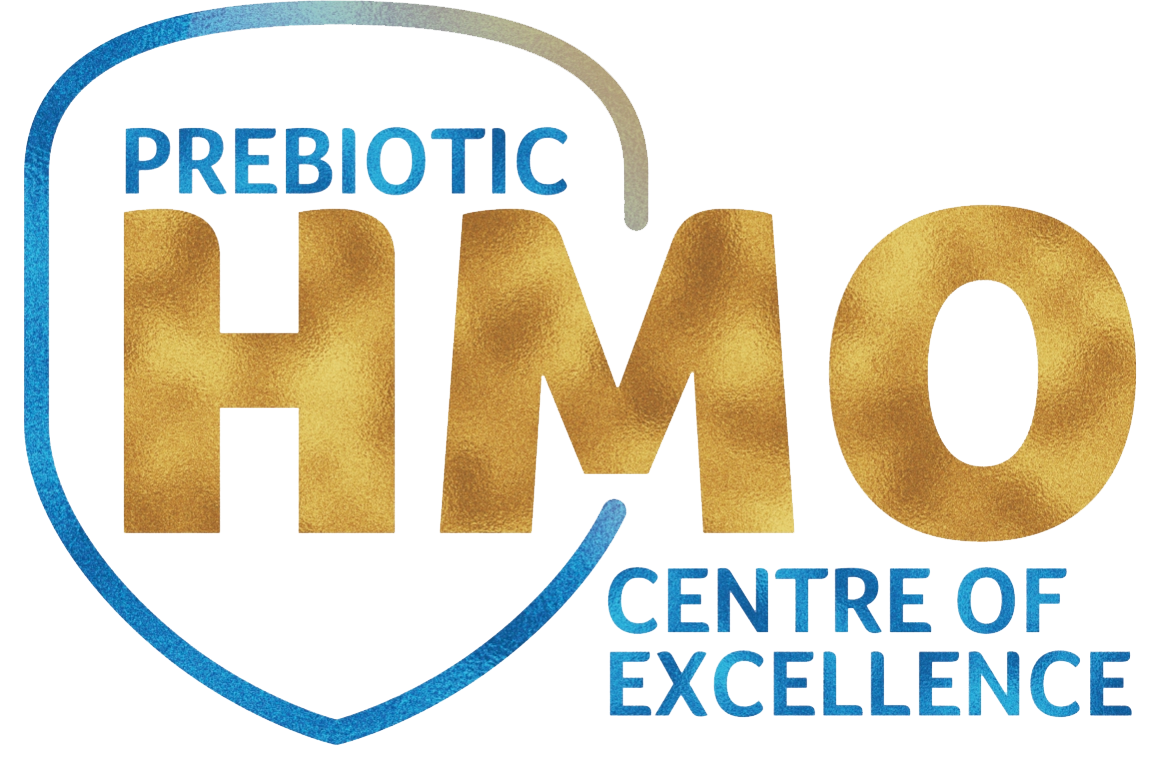Optimum nutrition is vital in infancy as it is a period of rapid growth and development. Dietary fats are a primary source of energy intake1 . Dietary fat intake should be approximately 30-35% of total energy 2 . The estimated average requirement (EAR) of visible fat for 6-12 months of age is 25g/day3 . Fat intake is usually in the form of triglycerides, fatty acids, phospholipids and cholesterol. Fatty acids are classified as essential (EFA) and non-essential fatty acids (NEFA). EFA includes linoleic acid (LA) and alpha-linolenic acid (ALA). 1

Classification of fat based on presence and number of double bonds is shown below:
|
Types of Fat |
||||
|
Saturated Fatty acids (SFA)
|
Unsaturated
Fatty acids (USFA) |
Trans
Fats (TF) |
||
|
|
Monounsaturated
Fatty Acid (MUFA) |
Polyunsaturated
Fatty Acids (PUFA) |
|
|
|
Sources: Palm oil, coconut oil
,butter etc |
Sources: Olive oil, groundnut oil, rice bran oil
etc |
Omega 6
Sources: safflower oil, sunflower oil,corn oil etc |
Omega 3
Sources: flaxseeds, walnuts, fatty fish, soybean
oil etc |
Bakery and
processed foods |
AA- Arachidonic acid, EPA- Eicosapentaenoic acid, DHA-Docosahexaenoic acid
Table 1: Classification of fats1
How are fats essential for growth? 1,4
- Essential source of caloric intake (9kcal/g)
- Involved in metabolic and physiological functions
- Structural component of cell membranes
- Aid in absorption of fat-soluble vitamins
- Source of EFA required for normal visual functions and neurodevelopment
- Develop infant’s immune system
Did you know?5
Although breast milk has fat content of 3.2 to 3.6%.
44 to 50% of total calories in the breast milk come from fats.
Nervonic acid (a type of MUFA) is significant for myelination and may be important in brain growth and development. Its secretion is increased during delivery, it may be endogenously synthesized but the dietary supply remains speculative.4
The relative intake of PUFA - LA and ALA may affect synthesis of the n-3 PUFA - EPA and DHA. The balanced intake of these fatty acids is crucial for the correct maturation of the nervous system, for visual perception and for normal functioning of the immune system6 The recommended ratio of LA: ALA is 5-10:1 3.
β-palmitate: Palmitic acid (PA) is the major SFA in human milk. 60 to 86% of PA is esterified in sn-2 position in the triacyglycerols (called as β-palmitate). β-palmitate helps in calcium absorption and positively influences mineralization of the growing skeleton7 . It is also associated with reduction in crying episodes and frequency of colic. β-palmitate also helps in softer stool consistency.8
Fats to be avoided: TF is associated with increase in body’s cholesterol levels. Biscuits, chips, ready to eat or processed foods are sources of TF and their consumption must be avoided in children.
Free PA from digestion of PA esterified at sn-1 and sn-2 position leads to formation of calcium fatty acid soaps. Formation of these soaps are responsible for hard stools. Hence, palmolein oil or its sources should be avoided in infant diet.7
Dietary fats have a wide spectrum of biological actions beyond the provision of energy and are pivotal for infants’ growth, development, and health.
References:
- Patel JK, Rouster AS. Infant Nutrition Requirements and Options. [Updated 2020 Aug 14]. In:
StatPearls [Internet]. Treasure Island (FL): StatPearls Publishing; 2021 Jan-. Available from:
https://www.ncbi.nlm.nih.gov/books
/NBK560758/ - Uauy, R., & Dangour, A. D. (2009). Fat and fatty acid requirements and recommendations for infants of 0-2 years and children of 2-18 years. Annals of nutrition & metabolism, 55(1-3), 76–96. https://doi.org/10.1159/000228997
- ICMR-NIN Nutrient RequirementsFor Indians 2020.Available at https://foodfuturefoundation.org
/media/i0ld30zx/recommended-dietary-allowances-rda-for-indians-2020.pdf - Delplanque, B., Gibson, R., Koletzko, B., Lapillonne, A., & Strandvik, B. (2015). Lipid
Quality in Infant Nutrition: Current Knowledge and Future Opportunities. Journal of pediatric
gastroenterology and nutrition, 61(1), 8–17. https://doi.org/10.1097/MPG
.0000000000000818 - Ballard, O., & Morrow, A. L. (2013). Human milk composition: nutrients and bioactive
factors. Pediatric clinics of North America, 60(1), 49–74. https://doi.org/10.1016/j.pcl.2012.10
.002. - Ganapathy S. (2009). Long chain polyunsaturated fatty acids and immunity in infants. Indian pediatrics, 46(9), 785–790.
- Havlicekova, Z., Jesenak, M., Banovcin, P., & Kuchta, M. (2016). Beta-palmitate - a natural component of human milk in supplemental milk formulas. Nutrition journal, 15, 28. https://doi.org/10.1186/s12937-016-0145-1
- Bronsky, J., Campoy, C., Embleton, N., Fewtrell, M., Mis, N. F., Gerasimidis, K., Hojsak, I.,
Hulst, J., Indrio, F., Lapillonne, A., Molgaard, C., Moltu, S. J., Verduci, E., Vora, R.,
Domellöf, M., & ESPGHAN Committee on Nutrition (2019). Palm Oil and Beta-palmitate in Infant
Formula: A Position Paper by the European Society for Paediatric Gastroenterology, Hepatology,
and Nutrition (ESPGHAN) Committee on Nutrition. Journal of pediatric gastroenterology and
nutrition, 68(5), 742–760. https://doi.org/10.1097/MPG
.0000000000002307
For the use of Healthcare Professionals Only
CVM code: 1620807546934

